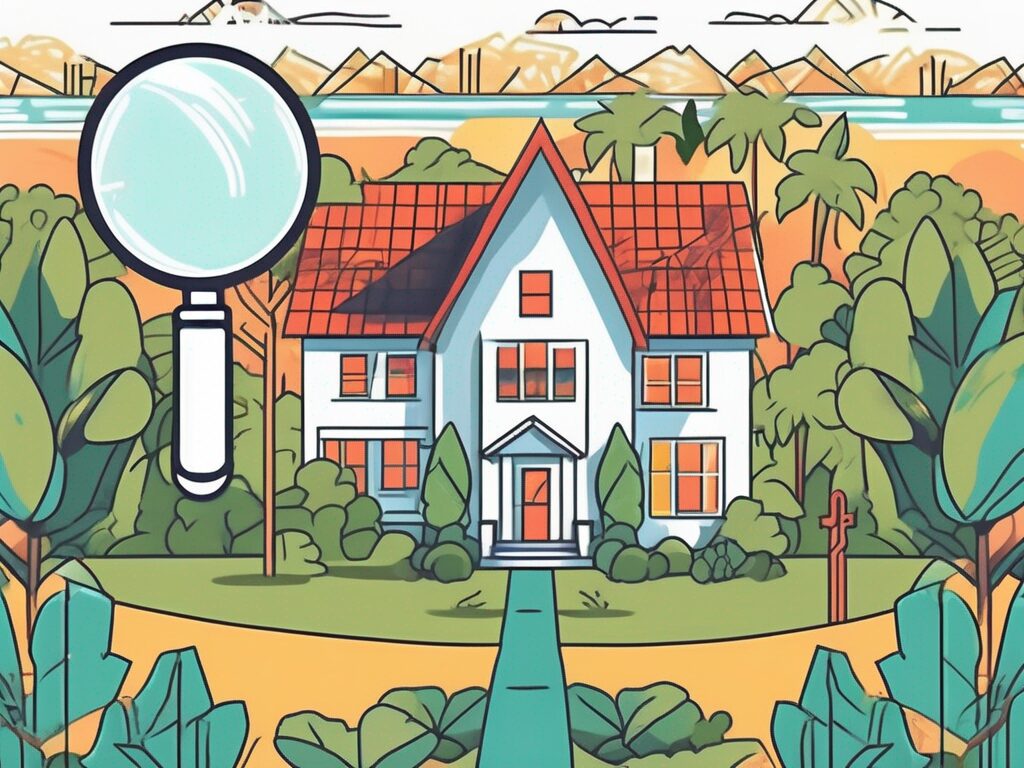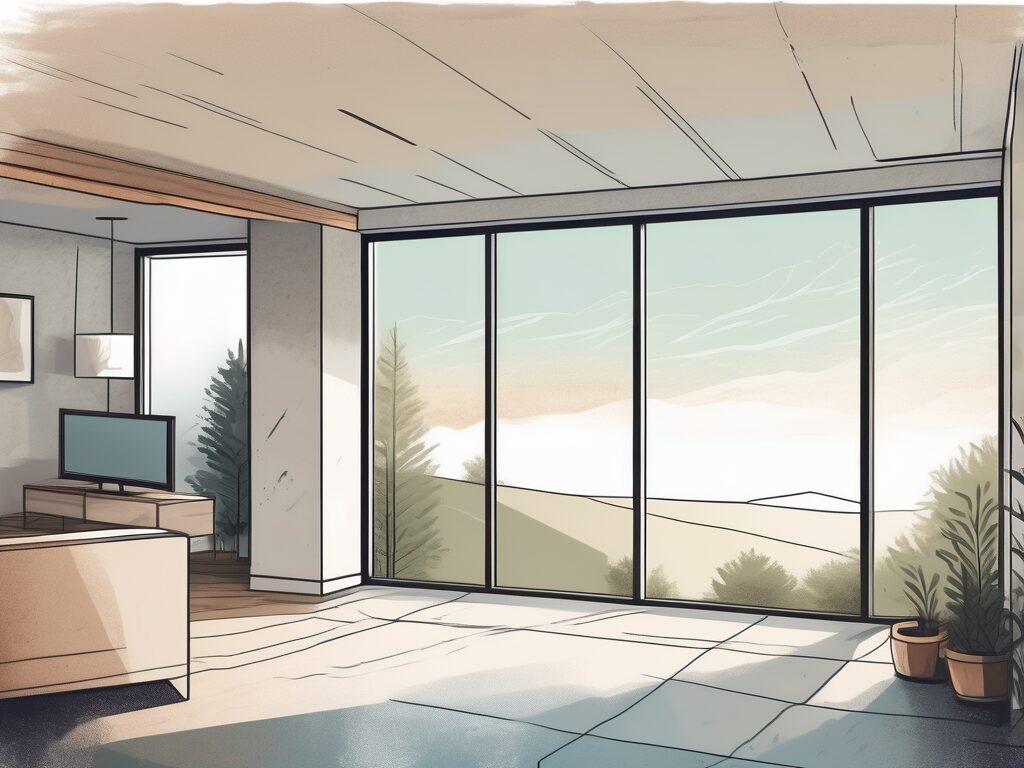
Agent A-Team or Solo Superhero? Finding the Right Real Estate Partner for Your Selling Journey in Wildwood Florida
When it comes to selling your home in Wildwood, Florida,…
January 29, 2024
Egress windows are an essential feature for any homeowner looking to add value and ensure the safety of their property. These windows serve as emergency exits in case of fire or other emergencies, allowing occupants to quickly and safely leave the building. In addition to providing a means of escape, egress windows also bring natural light into basements and lower-level rooms, making them more inviting and comfortable spaces to live in.
One of the first things homeowners should consider when installing egress windows is understanding the specific requirements set by local building codes. These codes outline the minimum size, height, and positioning of egress windows to ensure they serve their intended purpose effectively.
Clearing up the minimum clearance standards is crucial. Egress windows must have a minimum clear opening of 5.7 square feet, with a minimum height of 24 inches and a minimum width of 20 inches. This standard allows for easy passage through the window in case of an emergency.
Sizing up your window well is equally important. A window well must provide ample space for a person to exit and a ladder for easy access. The dimensions of the well should match the required dimensions of the egress window, ensuring a seamless escape route.
How high is too high? Maximum height above the floor is another consideration. According to building codes, an egress window should be positioned no higher than 44 inches from the floor. This height ensures that occupants can reach and safely exit through the window without the need for additional steps or platforms.
Ensuring safety with window barriers and opening ability is also essential. While egress windows must be easily opened from the inside without the use of tools or keys, they should also have proper window barriers to prevent unauthorized access and to comply with safety regulations.
When it comes to egress windows, it’s not just about meeting the minimum requirements; it’s about ensuring the safety and well-being of the occupants. Local building codes are in place to protect homeowners and provide guidelines for the installation of egress windows. These codes take into account factors such as the size of the window, the height above the floor, and the accessibility of the window well.
Imagine a scenario where a fire breaks out in a home. Without properly installed egress windows, the occupants may find themselves trapped, unable to escape through small, inaccessible windows. That’s why it’s crucial to understand and adhere to the egress requirements set by local building codes.
Let’s delve deeper into the minimum clearance standards for egress windows. The requirement of a minimum clear opening of 5.7 square feet ensures that even individuals with mobility challenges can easily pass through the window. This generous size allows for a swift and safe evacuation during emergencies.
But it’s not just about the size of the window; the dimensions of the window well also play a significant role. The window well should provide enough space for a person to comfortably exit and should be equipped with a ladder for easy access. By matching the dimensions of the well to the required dimensions of the egress window, homeowners can create a seamless escape route that ensures the safety of everyone in the home.
Now, let’s consider the maximum height above the floor for an egress window. The 44-inch limit ensures that individuals can reach the window without the need for additional steps or platforms. In a high-stress situation, every second counts, and having the window positioned at an accessible height can make a significant difference in the speed and ease of evacuation.
Of course, safety is paramount when it comes to egress windows. While they must be easily opened from the inside without tools or keys, it’s equally important to have proper window barriers in place. These barriers not only prevent unauthorized access but also comply with safety regulations, ensuring that the egress windows serve their purpose without compromising the security of the home.
By understanding and adhering to the egress requirements set by local building codes, homeowners can create a safe and secure environment for themselves and their families. Egress windows are not just a legal obligation; they are a vital component of any home’s emergency preparedness plan, providing a means of escape when every second counts.
Upgrading your basement to code by installing egress windows offers numerous benefits beyond safety and code compliance. By adding egress windows, you can transform your dark and dreary basement into a bright and inviting living space. Natural light can make a significant difference in the overall ambiance and functionality of a room, making it a valuable addition to your home.
When it comes to basement renovations, egress windows are often overlooked. However, they can provide a multitude of advantages that go beyond just meeting the safety requirements. One of the most significant benefits of installing egress windows is the increased natural light they bring into the space. A basement with limited access to sunlight can feel gloomy and unwelcoming, but with the addition of egress windows, you can instantly brighten up the area and create a more pleasant environment for you and your family.
Moreover, egress windows can greatly enhance the functionality of your basement. With proper egress windows, your basement can be transformed into a versatile living space that can serve various purposes. Whether you want to create a home office, a playroom for your children, or an entertainment area for hosting guests, the added natural light and improved ventilation provided by egress windows will make the space more comfortable and enjoyable.
Aside from the aesthetic and functional benefits, installing egress windows can also increase the value of your home. When potential buyers see that your basement is up to code and equipped with egress windows, they will view it as a significant selling point. Egress windows not only provide the assurance of safety but also offer the potential for additional living space. This can be particularly appealing to homebuyers who are looking for a property with room for expansion or those who want to maximize the use of every square footage.
Investing in egress windows now not only ensures the safety of your family but also proves to be a wise financial decision. By upgrading your basement to code and adding egress windows, you are not only enhancing your quality of life but also investing in the future value of your home. Should you decide to sell your property in the future, the presence of egress windows will undoubtedly attract potential buyers and potentially increase the selling price.
The cost of egress window installation varies depending on several factors, including the size and type of window, the complexity of the installation, and the specific requirements set by local building codes. On average, homeowners can expect to spend between $2,500 and $5,000 for the installation of a single egress window.
When it comes to the size of the window, larger windows will generally cost more than smaller ones. This is because larger windows require more materials and labor to install. Additionally, the type of window you choose can also impact the cost. For example, a basic casement window may be less expensive than a custom-designed picture window.
Another factor that can affect the cost of egress window installation is the complexity of the installation process. If your home has a finished basement, the installation may require more work and expertise to ensure a proper fit and seal. This can result in higher labor costs. Additionally, if there are any obstacles such as plumbing or electrical lines in the area where the window will be installed, extra steps may need to be taken to work around them, which can also increase the overall cost.
It is important to note that the specific requirements set by local building codes can also impact the cost of egress window installation. Building codes vary by location, but they generally dictate the minimum size and accessibility requirements for egress windows. These requirements are in place to ensure the safety of occupants in case of an emergency. If your home does not currently meet these requirements, additional modifications may be necessary, which can add to the overall cost of the installation.
While the initial cost may seem significant, it is important to consider the long-term benefits and value that egress windows bring to your home. Egress windows provide a safe and accessible means of escape in case of a fire or other emergency. They also bring in natural light and fresh air, making your basement a more inviting and livable space. Additionally, egress windows can increase the value of your home and make it more attractive to potential buyers. The investment in safety and increased functionality is well worth it, especially considering the potential return on investment when selling your property.
When it comes to selecting egress windows, homeowners have a variety of options to choose from. Traditional double-hung windows, casement windows, and sliding windows are among the most common choices. Each type of window offers its own advantages and considerations, such as ease of operation, weather resistance, and aesthetics.
Double-hung windows, also known as sash windows, are a classic choice for many homeowners. They consist of two vertically sliding sashes, allowing for easy ventilation and cleaning. The ability to open both the top and bottom sashes provides flexibility in controlling airflow and temperature within a room. Additionally, double-hung windows often have a timeless appeal that complements various architectural styles.
Casement windows, on the other hand, are hinged on one side and open outward with the help of a crank mechanism. This design allows for maximum ventilation and unobstructed views. Casement windows are known for their superior energy efficiency, as they provide an airtight seal when closed. They are also easier to clean compared to double-hung windows since both sides of the glass can be accessed from the inside.
Sliding windows, also referred to as gliding windows, operate horizontally along a track. They are a popular choice for modern homes and spaces with limited vertical clearance. Sliding windows offer a sleek and contemporary look, and their large glass panels allow for ample natural light to enter a room. However, it is important to note that sliding windows may not provide as much ventilation as double-hung or casement windows, as only one side of the window can be opened at a time.
When selecting egress windows, it is recommended to consult with a professional window installer to determine the best type for your specific needs and budget. They can provide insights and recommendations based on your home’s structure, local building codes, and personal preferences. Additionally, a professional installer will ensure that the windows are properly installed and meet all safety requirements for emergency exits.
Considerations such as the window’s size, location, and ease of operation should also be taken into account. For example, in bedrooms or basement living spaces, egress windows must meet specific size requirements to provide a safe exit in case of an emergency. Furthermore, the window’s placement should be carefully considered to maximize natural light and views while maintaining privacy.
Weather resistance is another important factor to consider when choosing egress windows. Depending on the climate in your area, you may want to opt for windows with high-quality seals and insulation to prevent drafts and energy loss. Additionally, selecting windows with durable frames and glass can help withstand extreme weather conditions and enhance the longevity of your investment.
Lastly, aesthetics play a significant role in the overall look and feel of your home. The style and design of the egress windows should complement the architectural style and enhance the curb appeal. Whether you prefer a traditional, modern, or eclectic look, there are various window options available to suit your taste.
In conclusion, selecting the right type of egress window involves considering factors such as ease of operation, weather resistance, and aesthetics. Consulting with a professional window installer can provide valuable insights and ensure a safe and suitable choice for your home. By carefully evaluating your needs and preferences, you can find the perfect egress windows that not only meet safety requirements but also enhance the functionality and beauty of your living spaces.
Investing in egress windows is not just about meeting the minimum requirements. It’s about maximizing the safety, functionality, and value of your home. To get the most out of your egress window investment, consider the following:
When it comes to choosing egress windows, it’s important to prioritize quality. Opt for high-quality windows from reputable manufacturers to ensure durability and longevity. Investing in windows that are built to last will save you money in the long run, as you won’t have to worry about frequent repairs or replacements.
However, it’s not enough to simply install high-quality windows. Proper maintenance is key to ensuring their longevity. Regular cleaning, lubrication, and inspection of seals and hardware are essential to keep your egress windows in top shape. By taking the time to care for your windows, you can prevent issues such as sticking, leaks, or drafts, and ensure that they continue to function properly for years to come.
In addition to maintaining the windows themselves, it’s important to pay attention to the window well. Keeping the window well clean and free of debris is crucial to prevent water accumulation and maintain proper drainage. A clogged or poorly maintained window well can lead to water damage, mold growth, and even structural issues. Regularly inspect the window well and remove any leaves, dirt, or other debris that may have accumulated.
While egress windows are primarily installed for safety reasons, that doesn’t mean you have to sacrifice privacy or aesthetics. Consider adding window treatments or coverings that enhance privacy and security while still allowing sufficient natural light to enter the space. There are various options available, from blinds and curtains to frosted or tinted glass. Choose a solution that fits your style and preferences while still meeting the necessary safety requirements.
By following these tips, you can ensure that your egress windows continue to provide safety, beauty, and value to your home for years to come. Investing in high-quality windows, properly maintaining them, keeping the window well clean, and adding appropriate window treatments will help you maximize the benefits of your egress window investment.
Given the importance of egress windows in providing safety, increasing your home’s value, and enhancing the livability of your basement or lower-level rooms, the decision to add egress windows becomes a no-brainer. With local building codes requiring these windows in most residential buildings, it’s not just a matter of choice but a legal obligation that should be prioritized.
As a homeowner, your family’s safety should always be a top priority. By investing in egress windows, you are taking a proactive step to protect your loved ones and ensure their well-being in case of an emergency. Consider it an investment in your family’s future and the value of your home.
So don’t hesitate, consult with professionals, obtain the necessary permits, and embark on the journey of adding egress windows. You’ll be glad you did.

If you want the Richr team to help you save thousands on your home just book a call.
 Book a call
Book a call